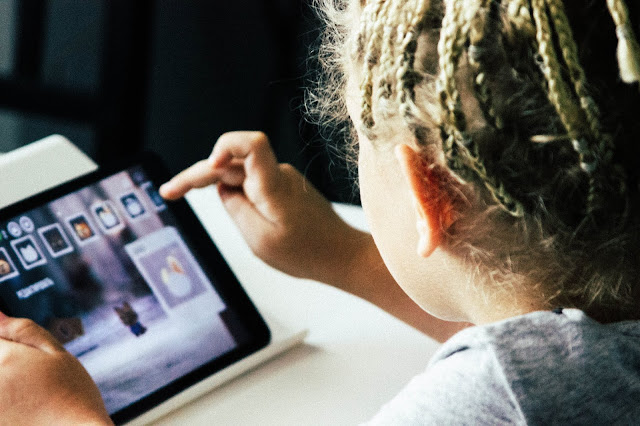A few days back I read a discussion on the interwebs about having a ‘digital driver license’. It did sound extreme at the beginning but the more I thought about it the more it made sense. Do we tell our kids to never cross a road no matter what OR do we make sure we teach them good practices while crossing the road? When they are young we hold their hands. We say things like ‘Look left, look right and then walk’, or ’Wait for the walking man sign to show up’. When they are old enough we teach them how to follow the traffic rules, the signs, and the difference between the green and the red light. Many times we practice these standards with them even preemptively, when they are not old enough to be on the front seats of the car. Then why not do the same to help them navigate the digital world? While technology continues to evolve like a roller coaster without brakes it is far more imperative to define best practices for the digital world. I have come to realize there are quite a few similarities and analogies between a regular driver license and a digital driver license.
Use good judgement - As we make sure that kids use their good judgement on the road, we need to teach kids to make good choices while online. I cannot stress enough on this that digital tools are not just a medium of entertainment, they are tools to advance their learning and keep up with the changing technologies. In USA alone, 62% of working adults use the internet for their job and 96% use technology. This is the world that the current students need to be prepared for. We need to coach our kids on spending meaningful time on the digital devices besides just games and fun, programs that will supplement learning.
Think about safety - It is our duty to make our kids aware of the risks that online exposure can bring and hence teach them about safety. Tell them to be mindful of what they are posting online, never share passwords and never steal or damage others’ digital property. Six million teens report that they have received inappropriate images from someone they know. It is crucial to make appropriate decisions when communicating through a variety of digital channels. We must also help our children make responsible online purchasing decisions and protect their payment information. A typical teen reports having lost an average $400 to cybercrime.
Display respect and empathy - As you would practice to be respectful to other drivers on the road, model and practice digital citizenship in the classroom. Kids can use platforms like Seesaw or Google classroom to post work online and provide constructive feedback to each other. While commenting online, have kids use words as they would feel comfortable saying out loud in front of their peers. Encourage positive communication. 88% of social-media-using-teens have witnessed someone being mean or cruel. It is important to realize that harsh words through a computer screen can hurt as much as when they are said directly to us. These practices are not limited to the classroom environment. Practice and display the same behavior when discussing social media at home.
So, then are you ready to help your kid pass the digital driver test?



